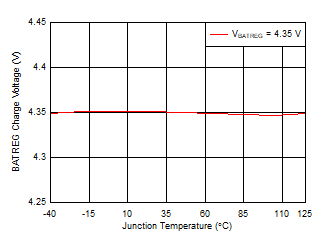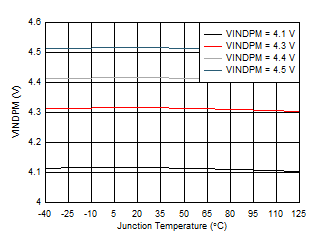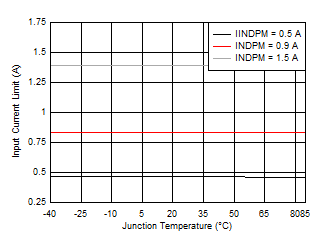SLUSDF8E June 2019 – July 2024 BQ25618 , BQ25619
PRODUCTION DATA
- 1
- 1 Features
- 2 Applications
- 3 Description
- 4 Description (continued)
- 5 Pin Configuration and Functions
- 6 Specifications
-
7 Detailed Description
- 7.1 Overview
- 7.2 Functional Block Diagram
- 7.3
Feature Description
- 7.3.1 Power-On-Reset (POR)
- 7.3.2 Device Power Up From Battery Without Input Source
- 7.3.3 Power Up From Input Source
- 7.3.4 Boost Mode Operation From Battery
- 7.3.5 Power Path Management
- 7.3.6 Battery Charging Management
- 7.3.7 Ship Mode and QON Pin
- 7.3.8 Status Outputs (STAT, INT , PMID_GOOD)
- 7.3.9 Protections
- 7.3.10 Serial Interface
- 7.4 Device Functional Modes
- 7.5 Register Maps
- 8 Application and Implementation
- 9 Power Supply Recommendations
- 10Layout
- 11Device and Documentation Support
- 12Revision History
- 13Mechanical, Packaging, and Orderable Information
Package Options
Mechanical Data (Package|Pins)
- RTW|24
Thermal pad, mechanical data (Package|Pins)
- RTW|24
Orderable Information
6.8 Typical Characteristics
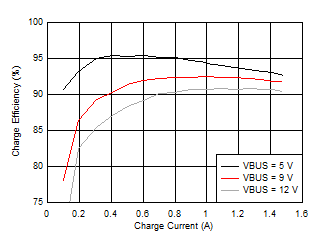
| BQ25619EVM | VBAT = 3.8V | Inductor 2.2µH, DCR = 40 mΩ |
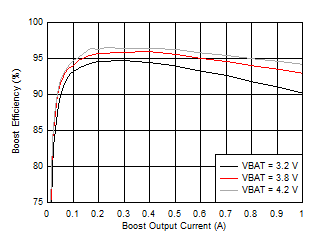
| BQ25619EVM | VPMID = 4.6V | Inductor 2.2µH, DCR = 40 mΩ |
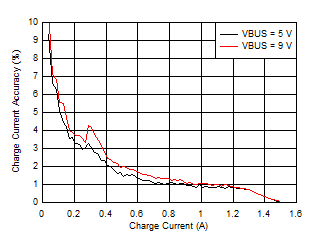
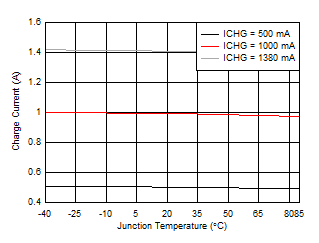
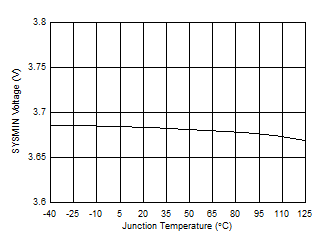
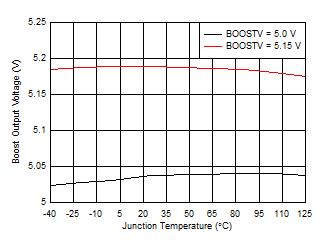
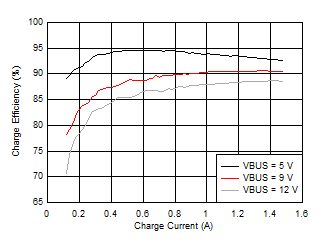
| BQ25618EVM | VBAT = 3.8V | Inductor 1.0µH, DCR = 27 mΩ |
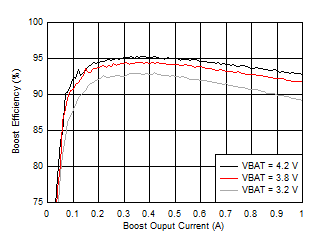
| BQ25618EVM | VPMID = 4.6V | 1.0 µH Inductor, DCR = 27 mΩ |
